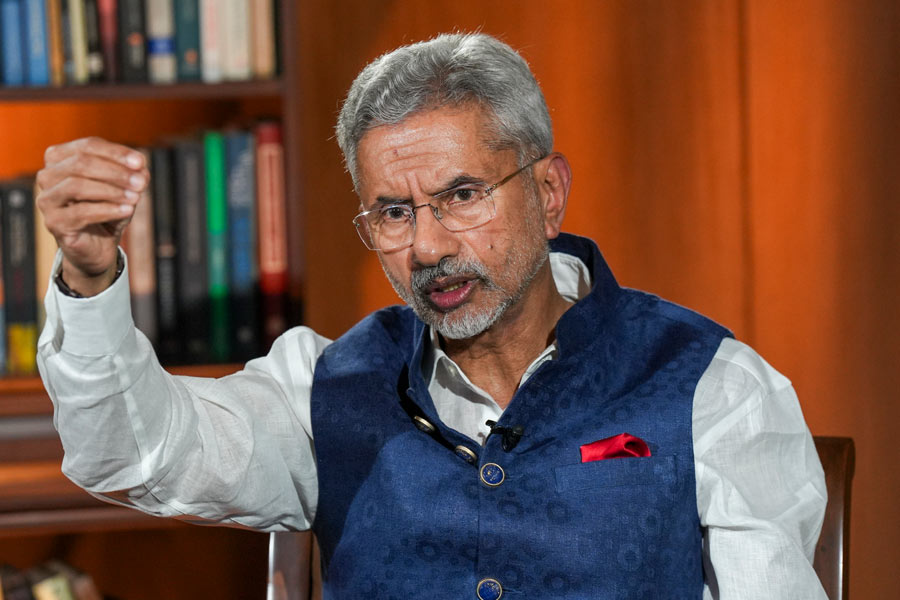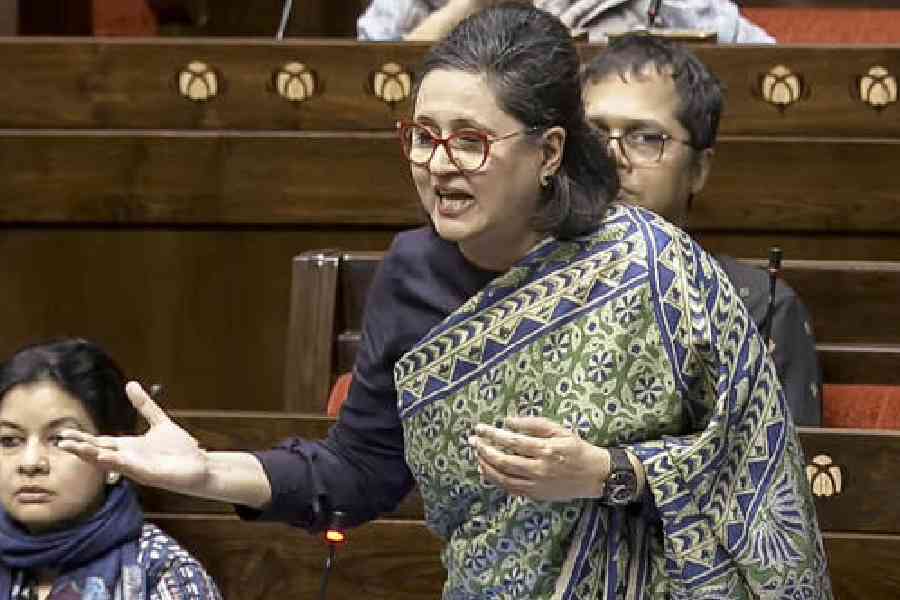 |
Kohima, March 28: Economist E.F. Schumacher’s theory that “small is beautiful” may turn out to be true if Nagaland’s power department has its way.
Faced with an acute power shortage, the Nagaland government is toying with the idea of setting up micro-mini plants at several villages. It has already handed over “electricity management” to at least six villages to generate revenue. The scheme will be launched in 96 more villages.
Stung by the Rs 44 crore budget deficit in the power sector, the department is also mulling decentralising power generation. And with no hopes of self-sufficiency in power generation in the future, the state has decided to take up projects of less than 500 kV at the village level.
While the first phase of a 200-kV power plant has begun at Chizami village in Phek district, experts are studying the feasibility of the project in several other villages like Jotsoma and Jakhama in Kohima district, Chimonger in Tuensang and Chuchuyimlang in Mokokchung district. Of the 1,216 villages in the state, more than 100 are without power.
The power scenario in the state is quite bleak, as an official put it. While the Neepco-owned 75-MW Doyang hydroelectric project produces 10 MW to 50 MW of power throughout the year, the state gets 12 per cent of the generation.
Other projects like the 24-MW Likhimro has ceased production and the 600-kV Telangsao project has turned into a liability. The demand in the state is 60 MW of power, which is likely to go up to 110 MW in the next five years. According to the Central Electricity Authority, the state has the potential to generate nearly 1,000 MW of hydel power.
The power department is also working on the scheme launched by the previous S.C. Jamir government. It has now been improvised into what chief engineer S.I. Longkumer dubbed a “business partnership” with village councils. The programme primarily aims at giving the village councils the responsibility to generate revenue, with 20 per cent as commission in return.
So, while the power tariff is Rs 2 per unit, the village councils would give the department Rs 1.60 per unit. Longkumer said the villages could use the money to install streetlights. The department plans to collect Rs 21 crore as revenue through the scheme.
While Central assistance and loans would bear the brunt of the cost of the mini plants, a lot would depend on villagers’ contributions. The power department would act as the nodal agency. However, there is a cloud over the feasibility of these projects as the variable costs are quite high. Moreover, difference of opinion among the village development boards may also be a hurdle.










